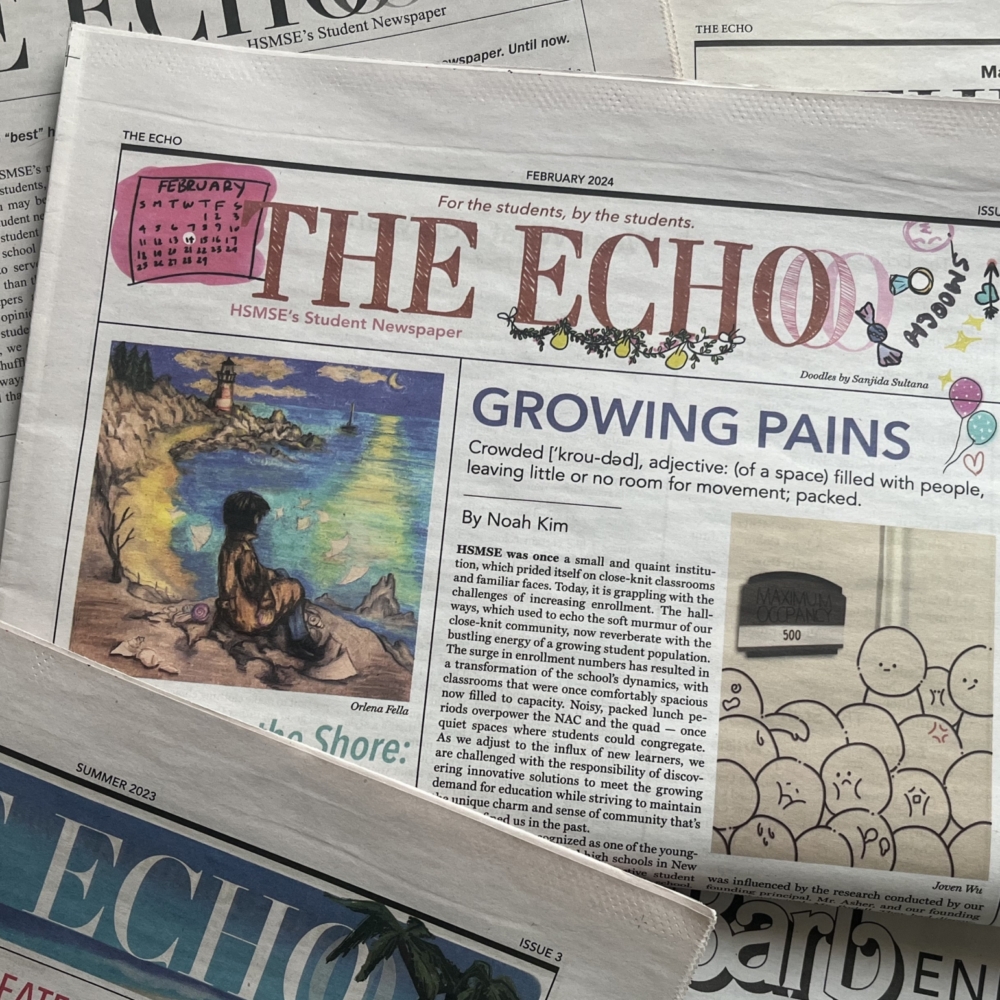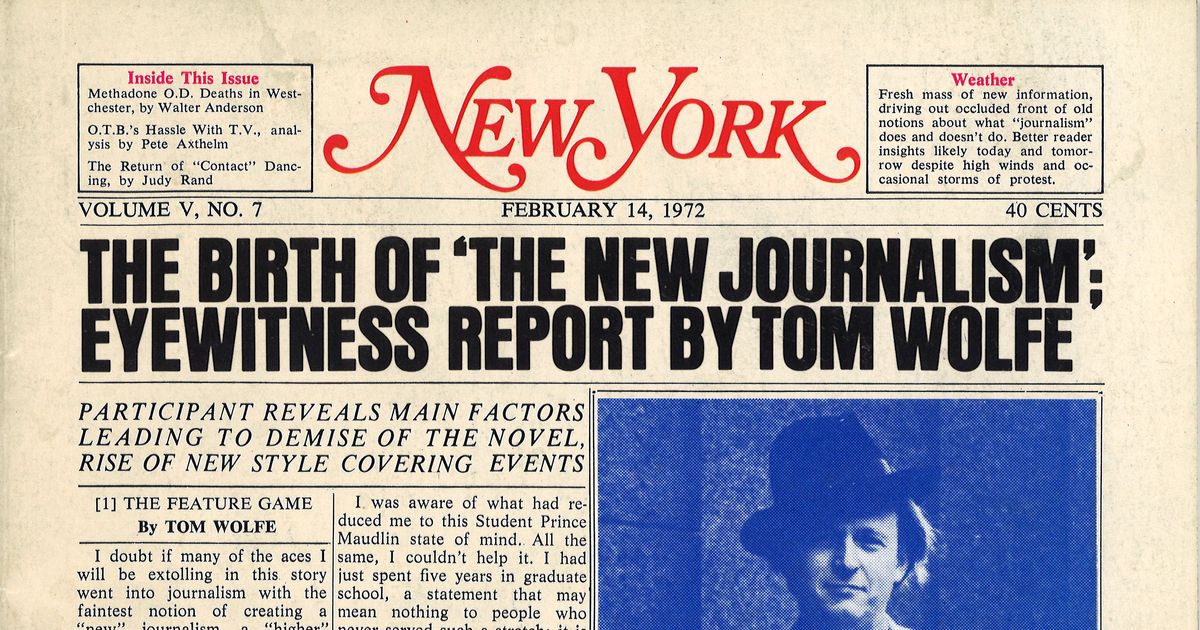The smart Trick of News Articles That Nobody is Talking About
Wiki Article
News Articles Fundamentals Explained
Table of ContentsNews Articles Fundamentals ExplainedGetting My News Articles To WorkNews Articles for BeginnersThe Only Guide for News Articles7 Easy Facts About News Articles Shown
Good knowledge of various topics gives students an one-upmanship over their peers. Even though electronic and social media are conveniently available, we ought to not neglect how crucial it is to check out the papers. Parents should try and inculcate the habit of checking out a paper as an everyday regimen to continue the tradition of the revered print tool.Information tales likewise contain at the very least one of the adhering to important attributes relative to the designated target market: closeness, prestige, timeliness, human rate of interest, peculiarity, or effect.
Within these limits, news stories additionally intend to be comprehensive. Among the bigger and a lot more recognized papers, fairness and balance is a significant factor in presenting details.
Papers with a global target market, as an example, often tend to utilize a much more formal style of creating. The certain choices made by a news outlet's editor or content board are frequently accumulated in a design overview; common style overviews include the and the United States News Design Publication. The primary goals of information writing can be summarized by the ABCs of journalism: accuracy, brevity, and quality.
News Articles Fundamentals Explained
Generally, reporters will certainly not use a long word when a short one will do. They use subject-verb-object building and dazzling, energetic prose (see Grammar). They offer narratives, instances and metaphors, and they seldom depend upon generalizations or abstract concepts. Information authors attempt to stay clear of making use of the same word greater than once in a paragraph (often called an "echo" or "word mirror").
Nevertheless, headlines occasionally leave out the subject (e.g., "Leaps From Watercraft, Catches in Wheel") or verb (e.g., "Cat lady fortunate"). A subhead (additionally subhed, sub-headline, subheading, caption, deck or dek) can be either a subservient title under the primary heading, or the heading of a subsection of the short article. It is a heading that precedes the primary message, or a team of paragraphs of the primary text.

Additional signboards of any of these kinds may appear later on in the write-up (particularly on subsequent pages) to lure additional reading. Such signboards are likewise used as reminders to the post in other areas of the magazine or site, or as promotions for the item in other magazine or websites. Regular structure with title, lead paragraph (recap in strong), various other paragraphs (information) and call information.

Example of a hard-lead paragraph NASA is recommending an additional area job. The budget demands around $10 billion for the project.
The NASA news came as the company requested $10 billion of appropriations for the task. An "off-lead" is the 2nd essential front page news of the day. The off-lead appears either in the leading left corner, or straight below the lead on the right. To "hide the lead" is to start the write-up with history information or information of secondary importance her latest blog to the visitors, forcing them to learn more deeply right into a short article than they ought to need to in order to discover the crucial factors.
The Best Strategy To Use For News Articles
Usual usage is that one or 2 sentences each form their own paragraph. Journalists generally define the company or structure of a newspaper article as an inverted pyramid. The important and most intriguing components of a tale are placed at the beginning, with sustaining details complying with in order of decreasing value.It enables people to discover a subject to only the depth that their inquisitiveness takes them, and without the charge of information or subtleties that they might consider unimportant, yet still making that details offered to extra interested visitors. The inverted pyramid framework additionally makes it possible for write-ups to be cut to any kind of approximate length during format, to suit the room offered.
Some writers start their tales with the "1-2-3 lead", yet there are several type of lead offered. This format invariably starts with a "5 Ws" opening paragraph (as described over), followed by an indirect quote that offers to support a significant aspect of the first paragraph, and afterwards a direct quote to sustain the indirect quote. [] A twist can describe multiple points: The last tale current broadcast; a "pleased" tale to end the program.
Longer articles, such as publication cover short articles and the items that lead the inside sections of a paper, are called. Attribute stories vary from straight information in several means. Foremost is the absence of a straight-news lead, the majority of the moment. Instead of supplying the essence of a read here story up front, function authors may attempt to lure viewers in.
How News Articles can Save You Time, Stress, and Money.
A function's initial paragraphs commonly connect an intriguing minute or occasion, as in an "unscientific lead". From the particulars of a person or episode, its view promptly broadens to generalizations about the tale's topic.
The Editor's Toolbox: A Reference Overview for Beginners and Professionals (2001) Allan M. Siegal and William G. Connolly. The New York Times Guidebook of Style and Usage: The Official Style Guide Utilized by the Writers and best site Editors of the World's Many Reliable Newspaper (2002) M. L. Stein, Susan Paterno, and R.
Report this wiki page